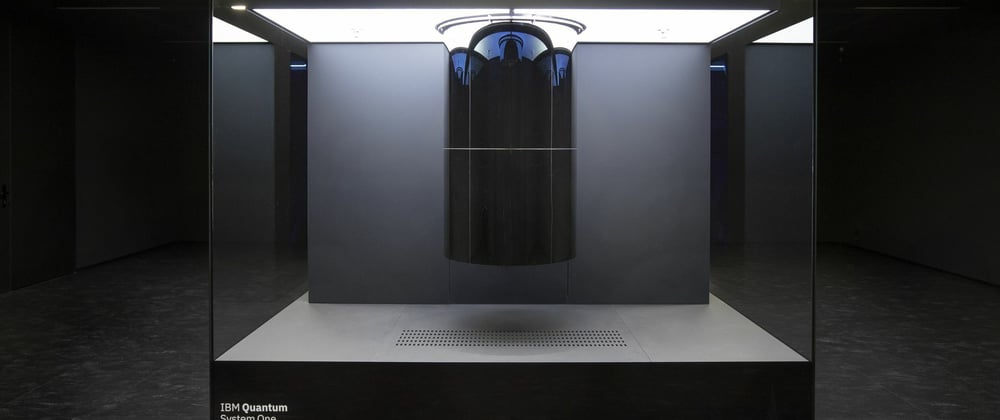How does one go about creating a quantum computer?
In a quantum computer, the basic unit of memory is a quantum bit or qubit. Let us look at qubits in more detail. So what exactly is a qubit?
A qubit is simply a "two" level quantum mechanical system that employs the properties of quantum entanglement and superposition.

They actually have very different appearances. Depending on the quantum system, the physical implementation of the qubit can look very different.
Some qubits are solid state, so we build and create them, but there are also natural qubits, which are made from things in the world around us. One example is a nitrogen vacancy centre in diamond, which simply means that instead of a carbon atom in the diamond lattice, it's replaced with a nitrogen and an empty space.
There are currently 4 types of qubit systems:-
They are a man-made hardware option for quantum systems based on a cooper pair, which is simply a pair of electrons, or any other fermion with a half integer spin combined with a Josephson junction. Superconducting qubits are made using microfabrication, which is the same technology used to make today's silicon devices. The similarity to classical computing is one of the reasons why so many companies are using the superconducting qubit approach.
Trapped ions are another hardware implementation of quantum systems, and they're usually made out of Ytterbium atoms. As part of the trapping process, an electron is removed from the atom itself, which means these ions are now positively charged. This charge on the ions allows us to trap them using an electrical field into a line of qubits, and then we can take a laser and individually address control and measure every qubit.
These computers operate at room temperature and use an optical circuit based on squeezed light or single photon light pulses, light beam splitters, and photon counters. These quantum states of lights are also controlled by laser pulses. These photons pass through beam splitters and phase shifters to perform computations, and then photon counters read out the results, so there are still a lot of different approaches within the space, so some companies are using a collective atomic excitation or squeeze state, while others are still using photons as individual particles of light.
A majorana qubit is a fictitious particle that also serves as its own antiparticle. The idea was that these two majorana fermions would be formed on the end of the semiconductor wrapped in a superconductor to create a qubit by swapping the positions of these majorana. However, there is still a lot of research being done in this field by researchers.













Top comments (0)